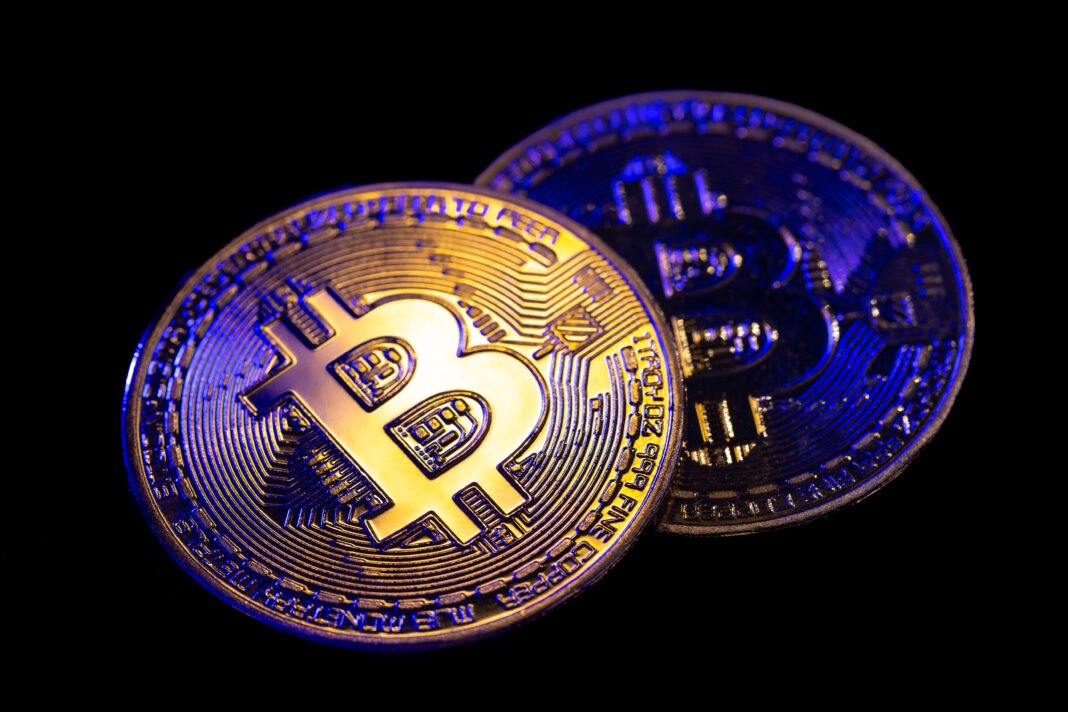Bitcoin’s journey began in 2009 with the release of a white paper by the mysterious Satoshi Nakamoto. At the time, few people paid attention to this radical new idea: a decentralized digital currency that operates independently of any government or central bank. Fast-forward to today, and Bitcoin has become a household name, a multi-billion dollar asset, and a foundational pillar of the cryptocurrency economy.
But how did we get here? What major events shaped Bitcoin’s evolution from an obscure project into a financial revolution with global impact? This article explores the milestones, challenges, and transformations that defined Bitcoin’s rise—and what the future may hold for the world’s most recognized cryptocurrency.
The birth of a new financial idea
In the aftermath of the 2008 financial crisis, trust in traditional banking systems was at an all-time low. The collapse of major institutions and the aggressive use of monetary stimulus triggered widespread skepticism about fiat currencies and centralized finance.
In this context, Satoshi Nakamoto introduced Bitcoin—a peer-to-peer electronic cash system that enables direct transactions without intermediaries. The idea was revolutionary: users could send and receive money digitally, without banks, using a public blockchain to verify every transaction.
The first block, known as the “Genesis Block,” contained a message: “The Times 03/Jan/2009 Chancellor on brink of second bailout for banks.” It was a statement of intent—a critique of the financial system and a call for a decentralized alternative.
Early adoption and underground status
During Bitcoin’s early years (2009–2012), it was mostly used by hobbyists, cryptographers, and libertarians who believed in its ideological mission. At the time, Bitcoin had no real market value. People mined coins with laptops and exchanged them informally on small forums.
The first commercial transaction occurred in 2010, when a developer famously paid 10,000 BTC for two pizzas—now a legendary moment in Bitcoin history. This event helped establish a rudimentary market for Bitcoin and encouraged others to explore its potential.
Soon after, the first Bitcoin exchanges appeared, enabling users to trade BTC for fiat currency. As adoption grew, so did its price, rising from a few cents to several dollars in just a year.
Bitcoin and the Silk Road controversy
Bitcoin’s next phase was marked by controversy. In 2011, it became the primary currency for the Silk Road, an anonymous online marketplace known for illegal transactions. This drew attention from law enforcement and the media, leading many to associate Bitcoin with criminal activity.
While the Silk Road was eventually shut down by the FBI in 2013, the event highlighted one of Bitcoin’s defining traits: its resistance to censorship. Despite legal pressure and negative headlines, the Bitcoin network itself remained operational and unchanged.
This resilience reinforced the idea that Bitcoin was something more than just a digital token—it was a decentralized financial system immune to central control.
The rise of exchanges and institutional interest
By the mid-2010s, Bitcoin began transitioning from a niche asset to a mainstream financial product. Major exchanges like Coinbase, Kraken, and Bitstamp emerged, offering secure trading platforms for everyday users.
Meanwhile, developers worked on scaling solutions, and startups began building wallets, payment processors, and financial tools around Bitcoin. Venture capital started pouring into the ecosystem, and Bitcoin’s price crossed $1,000 for the first time in late 2013.
However, the infamous collapse of Mt. Gox in 2014—then the largest Bitcoin exchange—caused panic in the market. Investors lost millions, and questions about Bitcoin’s security and scalability took center stage. Despite the setback, the ecosystem continued to grow, learning from its failures and adapting over time.
The 2017 bull run and global awareness
In 2017, Bitcoin experienced its most significant bull run yet, skyrocketing to nearly $20,000 per coin. Media coverage exploded, and millions of new users entered the crypto market. Bitcoin became a cultural phenomenon, appearing in news reports, family conversations, and even dinner table debates.
This price surge was fueled by increased adoption, growing interest in blockchain technology, and the launch of futures trading. However, it was also marked by speculation and hype, leading to a dramatic crash in early 2018 that brought prices back down to around $3,000.
Despite the volatility, this period introduced Bitcoin to a broader audience and established it as a legitimate asset in the eyes of many investors and institutions.
The institutional era and digital gold narrative
In the years following the 2017 crash, the narrative around Bitcoin began to shift. No longer seen solely as a currency, it started being described as “digital gold”—a store of value and hedge against inflation.
Institutional players like MicroStrategy, Tesla, and Square invested billions into Bitcoin. Asset managers such as Fidelity and Grayscale launched crypto investment products. Even traditional banks like JPMorgan and Goldman Sachs began offering crypto services.
This era marked the beginning of Bitcoin’s integration into the broader financial system. With growing regulation and infrastructure, Bitcoin was no longer just a tool for cypherpunks—it became part of the mainstream financial landscape.
Regulatory debates and global reactions
As Bitcoin’s prominence grew, so did regulatory scrutiny. Governments around the world began crafting policies to address crypto trading, taxation, and compliance. Some embraced Bitcoin, while others sought to restrict or ban it.
El Salvador made headlines in 2021 by adopting Bitcoin as legal tender—a historic first that challenged international financial norms. At the same time, countries like China cracked down on mining and exchanges, citing financial risks and environmental concerns.
These conflicting global responses highlight the complex relationship between Bitcoin and traditional power structures. While some see it as a tool for liberation, others view it as a threat to monetary sovereignty.
The technological evolution of Bitcoin
Beyond its price movements and political implications, Bitcoin has undergone continuous technical development. The Lightning Network, a layer-2 solution, enables faster and cheaper transactions, making Bitcoin more practical for everyday use.
Upgrades like Taproot, implemented in 2021, enhanced privacy and smart contract capabilities. Developers and researchers continue to innovate, ensuring that the Bitcoin protocol evolves without compromising its core values of decentralization and security.
The result is a blockchain that, while conservative in its changes, remains robust and forward-looking—designed for long-term sustainability.
The future of Bitcoin: Where do we go from here?
Bitcoin has already achieved more than anyone expected in its early days. But its journey is far from over. Questions remain about scalability, energy usage, regulatory acceptance, and competition from other cryptocurrencies.
Yet despite these challenges, Bitcoin continues to attract believers—individuals and institutions alike—who see it as a transformative force in finance, governance, and digital infrastructure.
Whether Bitcoin becomes a global reserve asset, a mainstream payment system, or simply a long-term store of value, its presence is now embedded in the modern economic fabric.
Staying informed in a fast-changing world
In a space evolving as rapidly as crypto, staying updated is essential. Media outlets like Bitcoin provide in-depth analysis, news, and expert commentary that help users navigate the complexities of Bitcoin and blockchain technology.
Understanding the history and trajectory of Bitcoin helps us see where it fits in the broader shift toward decentralized finance. From its humble origins to its current status as a global economic actor, Bitcoin’s story is one of resilience, innovation, and disruption.
Bitcoin is no longer an experiment—it’s a revolution in progress. As it continues to evolve, the world must adapt to a new reality where money is borderless, code-based, and owned by the people.


